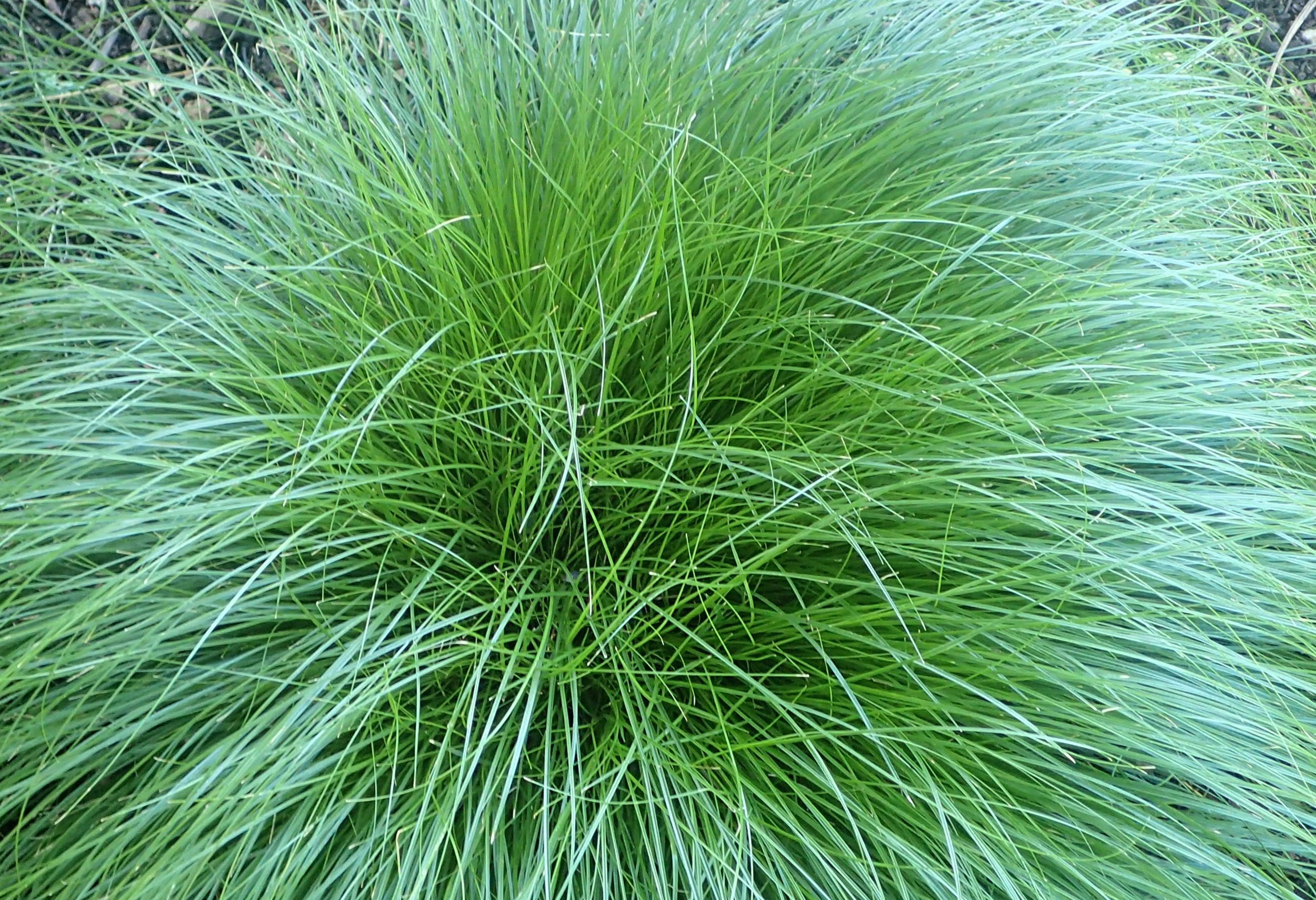Five Great Native Sedges for Your Garden
The clump-forming curly wood sedge. Photo by Krzysztof Ziarnek, Kenraiz - CC BY-SA 4.0.
Sedges can provide a striking design element or important structure in your native plant garden—and they offer food and shelter for pollinators and other insects and birds.
But what exactly is a sedge? While grass-like in appearance, these perennials are genetically different from true grasses and belong to the robust and diverse Carex genus. Sedges tend to have triangular stems while grass stems are generally round, which leads to the common refrain among people trying to tell the difference: “sedges have edges.”
In your garden, sedges can serve as a focal point when grouped together or as a supporting player when mixed with flowering perennials. And because many sedges do much of their growing in early spring, you’ll get a burst of green growth in your garden just when you can’t take Chicago’s winter-spring-winter season anymore.
Let’s meet some of your new sedge friends:
Gray’s sedge (Carex grayi).
Gray's Sedge (Carex grayi)
A favorite of the friendly folks in our Native Plants department, Gray’s sedge features a seed head that looks like an ancient weapon, along with long, elegant leaves. This sedge will thrive in medium to wet soils and full to part sun. With their upright growth habit and interesting seed heads, Gray’s sedge makes a big statement when plants are grouped together in a wet spot or rain garden.
Curly wood sedge (Carex rosea).
Curly Wood Sedge (Carex rosea)
Curly wood sedge (also called rosy sedge) forms low, dense clumps making it an excellent ground cover or lawn alternative. It thrives in partial shade and moist soils, but can tolerate full shade and dry conditions. The slender leaves and small, star-shaped seed heads make for an impressive display when multiple plants are grouped along a garden edge.
Looking for another sedge that thrives in dry shade? Check out Pennsylvania sedge and our other essential native plants for dry shade.
Brown fox sedge (Carex vulpinoidea).
Brown Fox Sedge (Carex vulpinoidea)
Perhaps the most abundant sedge in Illinois, the brown fox sedge can quickly fill an empty space through self-seeding (if you're into that). Introduce some competition and this sedge is much better behaved. While it prefers moist to wet conditions, it can tolerate dry periods once established. Plant brown fox sedge in part or full sun and enjoy the long spiraling seed heads.
Prairie sedge (Carex bicknellii).
Prairie Sedge (Carex bicknellii)
Prairie sedge (also known as copper-shouldered oval sedge) loves full sun and medium to dry soils. It can tolerate nearly any soil type and is a great element for a prairie garden, though it can get crowded out by taller plants. Mix prairie sedge with shorter native plants like purple prairie clover, white prairie clover, nodding wild onion or prairie smoke along a garden edge for a stunning effect.
Short-beaked sedge (Carex brevior).
Short-beaked Sedge (Carex brevior)
Short-beaked sedge (also known as plains oval sedge) is another perfect sedge for a prairie garden with dry soils, though it can do well in moist conditions as well. Its spiky, oval seedheads and mounded profile make it attractive as an individual plant, or when grouped together.
Visit Christy Webber Farm & Garden’s Native Plant department to explore all of our sedges—we carry more than a dozen sedge species!






